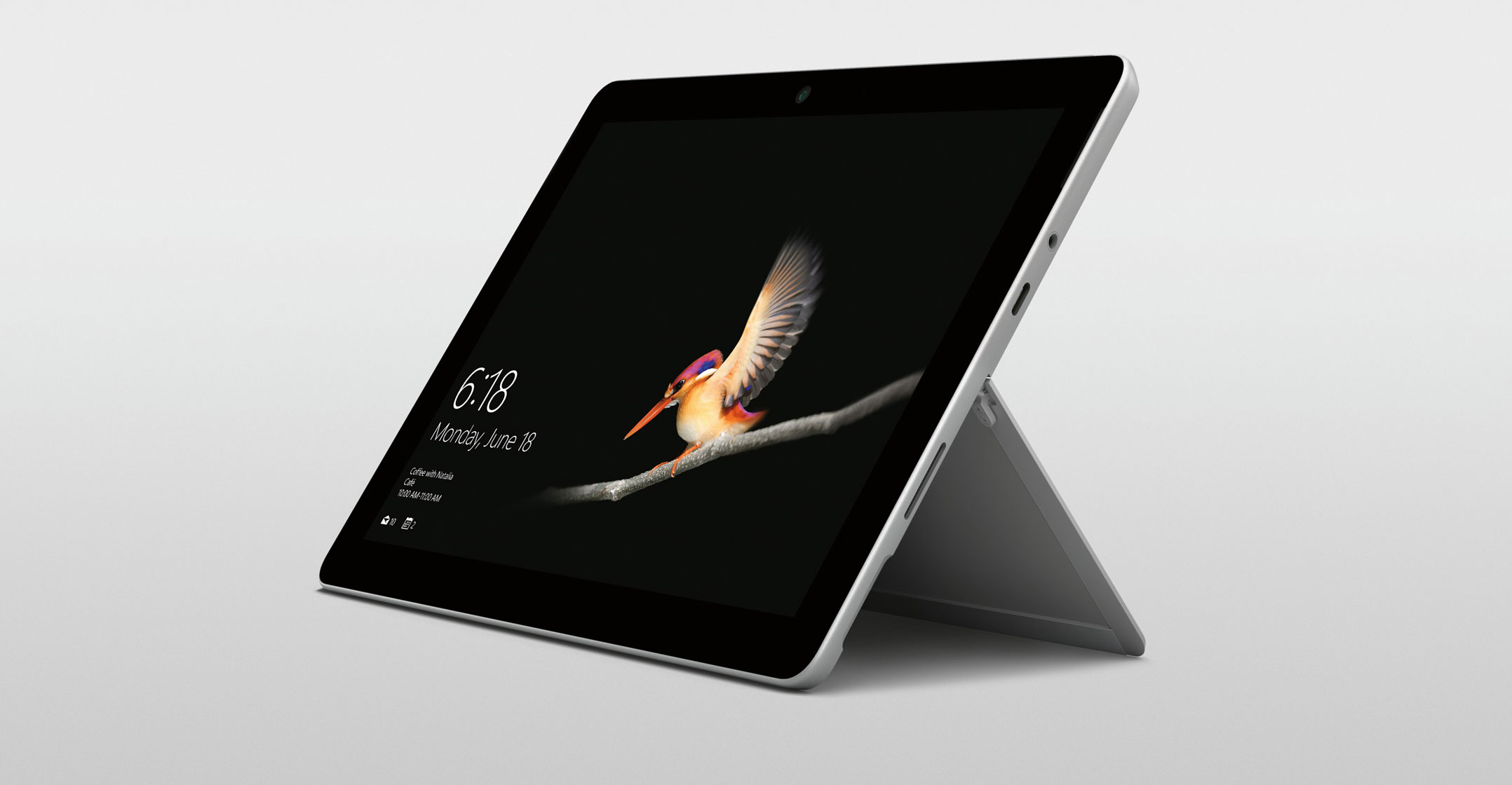
Microsoft reported second quarter sales that met projections, though weakness in the PC market and broader concern about slowing cloud services growth sent the shares lower in late trading.
Adjusted profit in the period ended 31 December rose to US$8.58-billion, or $1.10/share, compared to the $1.09 average estimate of analysts polled by Bloomberg. Sales climbed 12% to $32.5-billion, Microsoft said on Wednesday in a statement, matching predictions.
Microsoft’s market value soared above its peers during the quarter as investors bet the company’s cloud and enterprise software business was more stable than other parts of the technology market. While Microsoft’s Azure cloud services revenue grew 76%, the closely watched segment’s growth rates have slowed from the near-doubling that business posted each quarter in 2017 and early 2018. At the same time, the PC market, which had been showing signs of stability, resumed a steeper decline in the December period.
“Microsoft went through a period of hyper-growth — they are still seeing growth, but the comparable numbers have got harder,” said Daniel Ives, an analyst at Wedbush Securities. “The company went from massive beats to an in-line quarter and that’s been a dose of reality as it wasn’t the blowout some people hoped.”
Microsoft shares slipped about 4% in extended trading after the report. They had closed up 3.3% at $106.38 in regular New York trading. The stock recovered some of the losses after a conference call with analysts, when the company forecast a “solid” March quarter in the commercial business and continued improvements in cloud margins.
The company’s stock fell 11% in the three months ended in December, hitting a low point late in the year, as concerns emerged that tech spending was slowing, particularly in areas like PCs. Still, the stock’s decline was smaller than the 14% drop in the S&P 500 Index, as investors bet Microsoft’s revenue was more insulated from any potential deceleration in spending on technology devices and Internet ads.
Cloud sales
Commercial cloud sales rose 48% to $9-billion in the fiscal second quarter, while margins in that business widened by five percentage points to 62%, Microsoft said in slides on its website. Margins provide a measure of profitability.
Investors are scouring results from cloud computing companies for any signs of weakness after years of robust expansion. On Monday, graphics chip maker Nvidia slashed its revenue outlook, saying that deteriorating economic conditions caused customers to hold off purchases of high-end gaming chips, while data centre clients avoided signing deals at the close of December. Intel, the world’s second biggest semiconductor maker, slid last week after a disappointing 2019 forecast that also cited a slowdown in spending by the biggest cloud computing companies. Network equipment seller Juniper Networks also cited weakness from cloud customers for a negative revenue outlook. More broadly, business leaders and the International Monetary Fund are warning the global economy is slowing faster than expected.
 The flurry of downbeat news heightened concerns that cloud infrastructure services leader Amazon.com, which reports earnings on Thursday, and number two Microsoft might be slowing spending on data centres and equipment. Investors are speculating that cloud providers may have built enough capacity, especially if demand for Internet-based services is also softening.
The flurry of downbeat news heightened concerns that cloud infrastructure services leader Amazon.com, which reports earnings on Thursday, and number two Microsoft might be slowing spending on data centres and equipment. Investors are speculating that cloud providers may have built enough capacity, especially if demand for Internet-based services is also softening.
Microsoft chief financial officer Amy Hood said cloud demand held up in the recent quarter, and the company continues to spend to build out its cloud offerings. “We’re not seeing those signals,” she said of the gloomy reports from chip makers. The company will boost capital expenditures in the current period to invest in cloud data centres after some of that spending came in a bit below her forecast in the second quarter, she said.
Hood cited the PC market as the source of the company’s failure to beat analysts’ second quarter sales estimates, noting that revenue from copies of Windows software sold pre-installed on PCs fell 5%, impacted by a shortage of microprocessors. That will continue into the current quarter, she said.
While most Microsoft investors focus intently on the cloud numbers, the Redmond, Washington-based company still gets a large portion of revenue and profit from PC software. Global PC shipments fell 4.3% during the holiday quarter, held back by political and economic uncertainties that crimped demand, according to market research firm Gartner. That ended two quarters of relative stability in a market that has been contracting for years.
‘Legacy business’
“Desktop software is their old legacy business and we know the PC market is stinky,” said Daniel Morgan, a fund manager at Synovus Trust Company. “That’s a risk for Microsoft.”
Microsoft’s Productivity division, mostly sales of Office programs, saw second quarter sales rise 13% to $10.1-billion, in line with the average estimate of four analysts polled by Bloomberg. Intelligent Cloud sales rose 20% to $9.38-billion. That compares with a $9.27-billion estimate. Revenue in the More Personal Computing division, which includes Windows and Xbox, rose 6.8% to $12.99-billion. Analysts had expected $13.08-billion on average.
In the current quarter, the Intelligent Cloud unit will see revenue rise about 17%, including a 2% decline related to the impact of a strong US dollar, Hood said on the call. — Reported by Dina Bass, (c) 2019 Bloomberg LP




